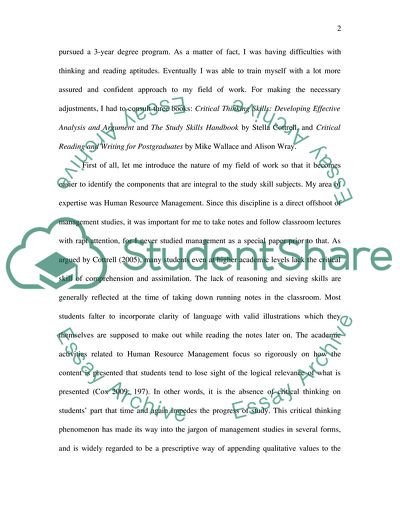Cite this document
(“Critical Reading and Critical Thinking Essay Example | Topics and Well Written Essays - 2250 words”, n.d.)
Critical Reading and Critical Thinking Essay Example | Topics and Well Written Essays - 2250 words. Retrieved from https://studentshare.org/english/1727001-reflective-essay
Critical Reading and Critical Thinking Essay Example | Topics and Well Written Essays - 2250 words. Retrieved from https://studentshare.org/english/1727001-reflective-essay
(Critical Reading and Critical Thinking Essay Example | Topics and Well Written Essays - 2250 Words)
Critical Reading and Critical Thinking Essay Example | Topics and Well Written Essays - 2250 Words. https://studentshare.org/english/1727001-reflective-essay.
Critical Reading and Critical Thinking Essay Example | Topics and Well Written Essays - 2250 Words. https://studentshare.org/english/1727001-reflective-essay.
“Critical Reading and Critical Thinking Essay Example | Topics and Well Written Essays - 2250 Words”, n.d. https://studentshare.org/english/1727001-reflective-essay.


